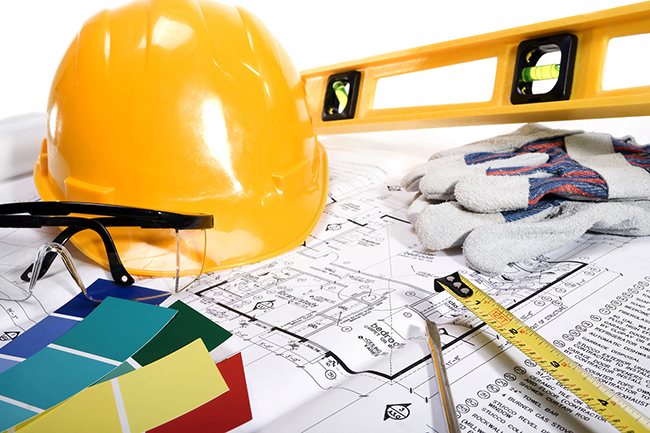Designing An Accessible Home In 5 Easy Steps
April 17, 2018

An individual who needs special accommodations for a mobility aid such as a wheelchair will find living in a regular home is difficult. There is a common misconception that updating a living space will ruin its aesthetics. In reality, homes can be altered and still look fantastic. Do not be intimidated by the idea of updating your home to accommodate a wheelchair or another mobility aide. It can be accomplished with less money and effort than you might think is necessary.
An accessible living space is essential for comfort and safety. Though the ADA will not enforce its nuanced codes for regular homes, there are some suggested standards to make living spaces accessible for everyone, including those with mobility challenges. Let’s take a look at some of the best ways to reduce your home’s barriers.
Points of Entry
An individual who uses a wheelchair might find accessing the home to be quite the challenge unless it suits his or her unique needs. Though you might not pay much attention to the minor step up to your door, this is the initial barrier for those who use wheelchairs.
The best way to remodel your home to improve accessibility is for the point of entry to have a wheelchair ramp. The assistance of a professional will be required for such an installation. Go over the details of the project in-depth with this builder. Everything from the material used to build the ramp to its size and other nuances must be decided upon.
The Kitchen
Kitchens often lack accessible utilities. A kitchen that is U-shaped has just the right design for those who use wheelchairs. The placement of appliances and countertops must be lowered for a truly barrier-free cooking space. Furthermore, there should be ample clearance for the feet and knees below the countertop and sink. Opt for pull style cabinet hardware rather than the slow-close variety. The items used most frequently should be within easy reach.
The Bathroom
Bathrooms are typically the first part of the home that must be remodeled for enhanced accessibility. The ADA calls for a 5 foot turning radius to accommodate those who use wheelchairs. Tubs should be the roll-in variety with a flat bottom style shower. There are some additional options for those concerned with water ending up on the bathroom floor.
Installing a shower grab bar will also help.
Today’s shower grab bars are available in a number of different styles to suit your bathroom’s unique look. Such grab bars should be installed at a low level so the wheelchair user can access them with ease. It will also help to add non-slip materials to the shower to boot.
Bathroom accommodations for those who use wheelchairs extend beyond the shower. The toilet and sink are also of particular concern. Try to keep the sink space open. If there is a cabinet vanity, it can be removed to create that much more space. Finally, the proper toilet will prove essential to comfort. The ADA suggests a toilet bowl at a height between 17 and 19 inches.
The Closet
The closet might need a couple alterations as well. Consider positioning rods lower down for easier access. Pocket doors will also help to boot.
Mind the Doorways
Doorways must be wide enough to accommodate a wheelchair. The ADA recommends doorways between 32 and 48 inches. There should also be space for the wheelchair user to reach the door and open it. Door hardware matters too. Use levers instead of knobs so the wheelchair user can access the door with ease. Pocket doors will clear out barriers and enhance accessibility that much more.
A Barrier-free Living Space is Well Worth the Investment
The changes outlined above are not major. They can be implemented with ease and keep your budget intact. Once your home is free of barriers, you and others who use wheelchairs in this space will enjoy quite the payoff in the form of easier access and enhanced comfort. If you’re interested in learning more about barrier-free living, contact Community Renovations today!